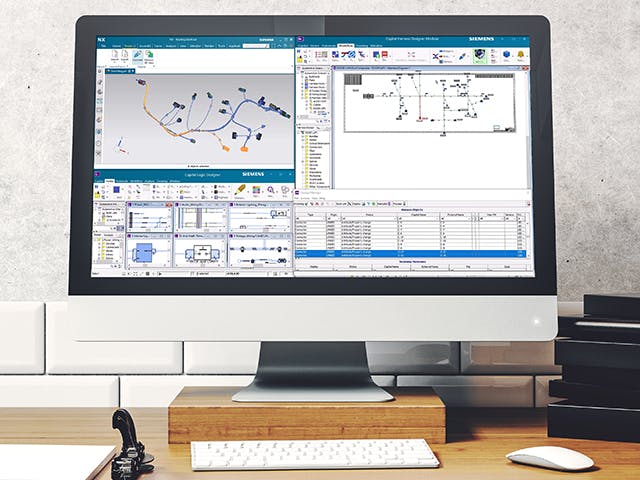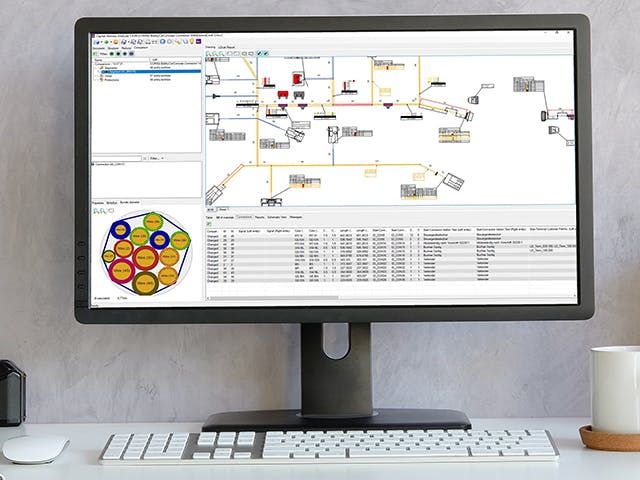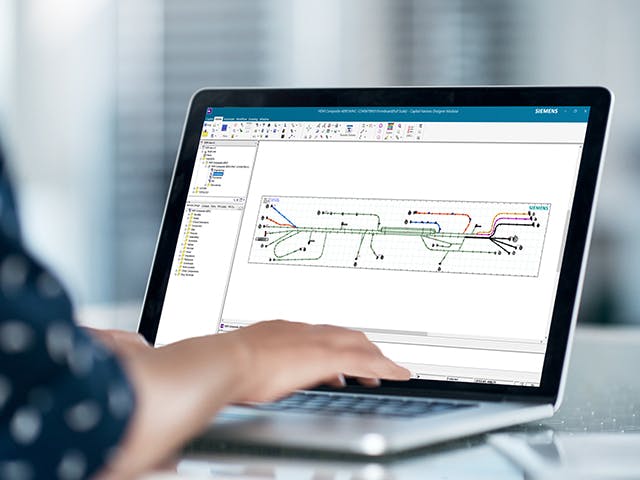
Design, optimize and cost manufacturing processes
Harness formboard design
With Capital, formboard designers can create an optimized, ergonomic layout based on dynamic feedback of labor effort/times related to each component.
Wiring harness manufacturing process planning
Use Capital to capture and apply best practice techniques to the wiring harness manufacturing process planning and cost estimation tasks.
Wiring harness manufacturing documentation
The quality of manufacturing documentation is vital to minimize errors in builds. Create manufacturing documentation directly from engineered harness data and the defined assembly process sequence.
Leverage the digital twin to boost productivity
Leverage a digital twin with Capital to transform your company’s engineering, costing and manufacturing performance. Eliminate documentation errors, reducing creation costs and ultimately boosting profits.





